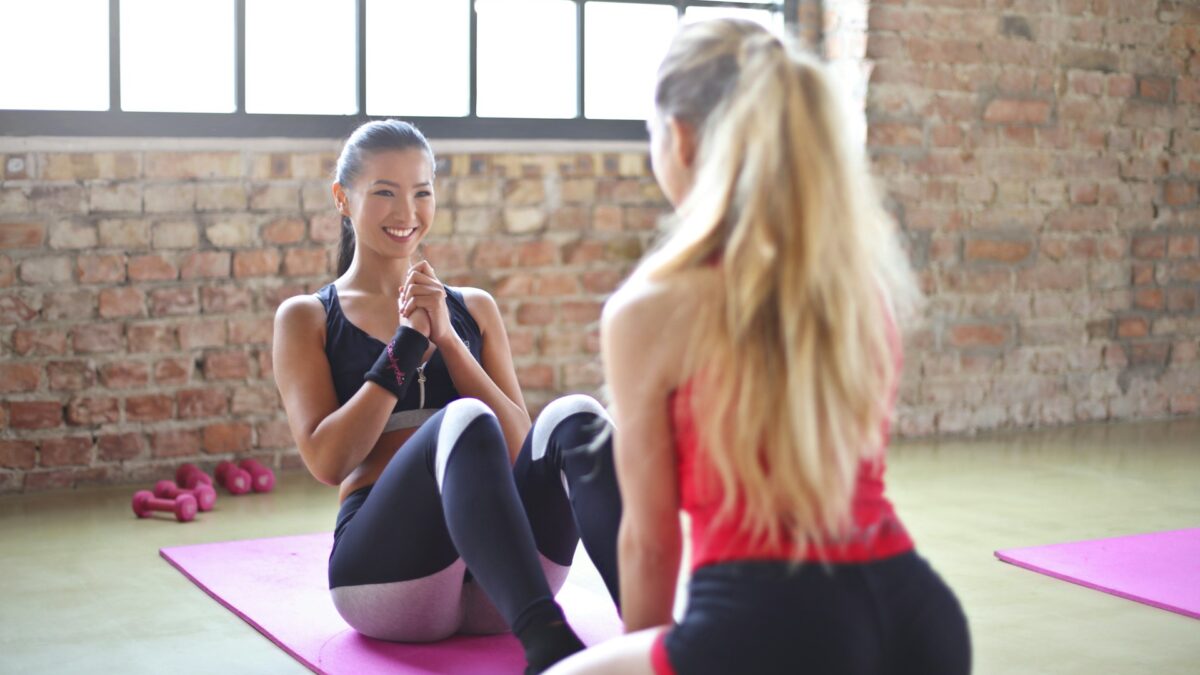In a world where fancy gym equipment and expensive memberships seem like prerequisites for getting fit, calisthenics stands out as a beacon of hope. Why? Because all you need is your own bodyweight and a bit of space to start sculpting your dream physique. Whether you’re a beginner looking to dip your toes into the world of fitness or a seasoned athlete seeking new challenges, calisthenics has something to offer everyone.
What is Calisthenics?
Let’s start with the basics. Calisthenics is a form of exercise that uses your bodyweight for resistance, instead of relying on machines or free weights. It encompasses a wide range of movements, from push-ups and pull-ups to squats and lunges. The beauty of calisthenics lies in its simplicity – you can do it anytime, anywhere, without the need for fancy equipment or gym memberships.
The Benefits of Calisthenics
- Cost-Effective: One of the most significant advantages of calisthenics is its affordability. Unlike gym memberships or expensive equipment, all you need is a willingness to move your body.
- Accessible: Calisthenics is accessible to people of all fitness levels. Whether you’re a beginner or an advanced athlete, you can tailor your workouts to suit your individual needs and abilities.
- Functional Strength: Unlike isolated exercises performed on machines, calisthenics movements often mimic real-life activities, helping you build functional strength that translates into improved performance in daily tasks.
- Versatility: With calisthenics, the possibilities are endless. You can modify exercises to target specific muscle groups, add variations to increase intensity, or even create full-body workout routines without any equipment.
- Improved Body Control and Coordination: Many calisthenics exercises require you to engage multiple muscle groups simultaneously, helping improve your overall body control and coordination.
- Minimal Space Required: Whether you’re working out in your living room, backyard, or hotel room, calisthenics requires minimal space, making it an ideal option for those with limited access to gyms or outdoor facilities.
Getting Started with Calisthenics
Now that you understand the benefits of calisthenics, let’s dive into how you can get started with your own bodyweight workouts.
Warm-Up
Before jumping into your workout, it’s essential to warm up your muscles to prevent injury and prepare your body for the exercises ahead. A dynamic warm-up consisting of movements like arm circles, leg swings, and jumping jacks will get your blood flowing and loosen up your joints.
Basic Exercises
- Push-Ups: The classic push-up is a staple calisthenics exercise that targets your chest, shoulders, and triceps. Start in a plank position with your hands shoulder-width apart, lower your body until your chest nearly touches the ground, then push yourself back up to the starting position.
- Squats: Squats are excellent for building lower body strength and stability. Stand with your feet shoulder-width apart, lower your hips back and down as if sitting into an imaginary chair, then return to the starting position by pushing through your heels.
- Pull-Ups/Chin-Ups: If you have access to a pull-up bar or sturdy overhead beam, pull-ups and chin-ups are fantastic exercises for targeting your back, biceps, and forearms. Grip the bar with your hands shoulder-width apart (palms facing away for pull-ups, palms facing towards you for chin-ups), then pull your body up until your chin clears the bar.
- Planks: Planks are a simple yet effective exercise for strengthening your core muscles. Start in a push-up position, but instead of lowering yourself to the ground, support your body on your forearms and toes, keeping your body in a straight line from head to heels.
- Lunges: Lunges are great for building lower body strength and improving balance. Step forward with one foot and lower your body until both knees are bent at a 90-degree angle, then push yourself back up to the starting position and repeat on the other side.
Progressions and Variations
As you become more comfortable with the basic exercises, you can start to incorporate progressions and variations to keep challenging your muscles and avoid plateaus. For example, you can try:
- Decline Push-Ups: Elevate your feet on a sturdy surface like a bench or chair to increase the difficulty of push-ups and target your upper chest.
- Pistol Squats: Perform squats on one leg to challenge your balance and build unilateral strength.
- Wide-Grip Pull-Ups: Increase the width of your grip to target different muscles in your back and arms.
- Side Planks: Instead of holding a plank position facing downwards, support your body on one forearm and the side of one foot, keeping your body in a straight line from head to heels.
- Jumping Lunges: Add a plyometric element to lunges by jumping explosively between each lunge.
Check more fitness articles
Sample Calisthenics Workout Routine
To give you an idea of how to structure your calisthenics workouts, here’s a sample routine you can try:
- Warm-Up: 5-10 minutes of dynamic movements (arm circles, leg swings, etc.).
- Push-Ups: 3 sets of 10 reps.
- Squats: 3 sets of 12 reps.
- Pull-Ups/Chin-Ups: 3 sets of 8 reps.
- Planks: 3 sets, hold for 30-60 seconds each.
- Lunges: 3 sets of 10 reps per leg.
- Cool Down: 5-10 minutes of stretching.
Conclusion
Calisthenics is a powerful tool for building strength, improving flexibility, and enhancing overall fitness, all without the need for fancy equipment or gym memberships. By harnessing the power of your own bodyweight, you can unlock a world of possibilities and achieve your fitness goals wherever you are. So why wait? Start mastering calisthenics today and unleash your full potential!


